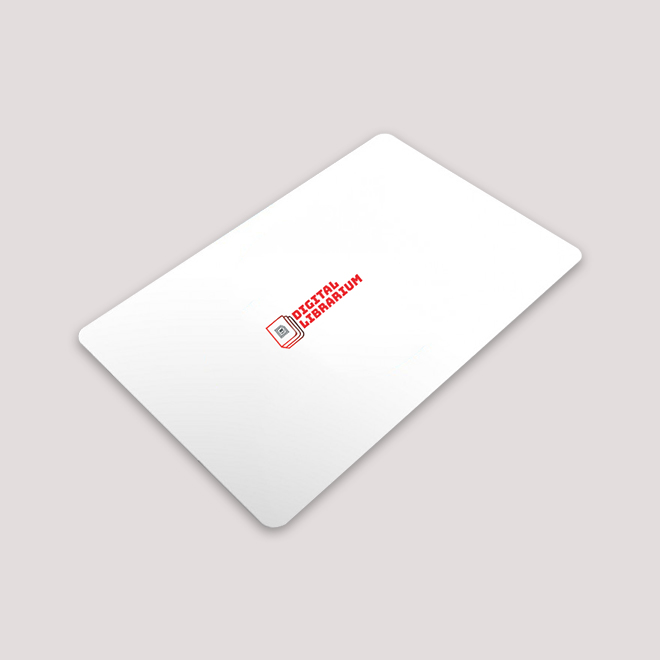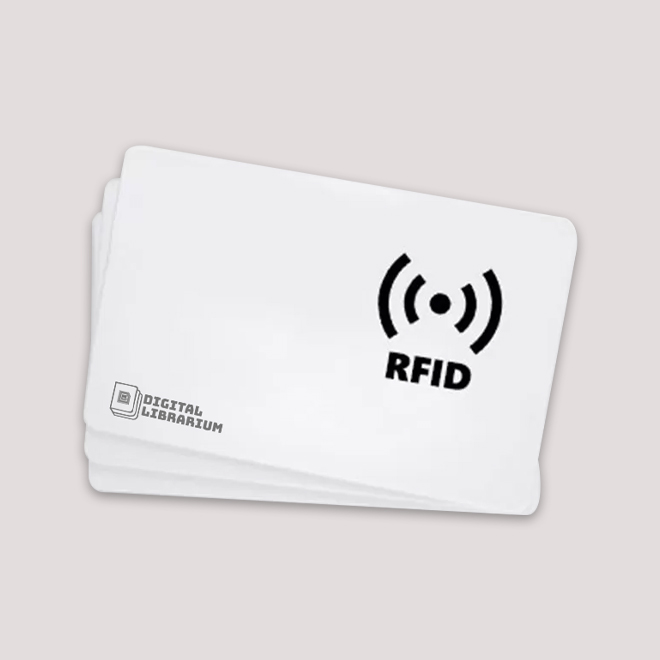Smart Card
Smart Card A smart card is a device that includes an embedded integrated circuit chip (ICC) that can be either a secure microcontroller or equivalent intelligence with internal memory or a memory chip alone.
The card connects to a reader with direct physical contact or with a remote contactless radio frequency interface. With an embedded microcontroller, smart cards have the unique ability to store large amounts of data, carry out their own on-card functions (e.g., encryption and mutual authentication) and interact intelligently with a smart card reader. Smart card technology conforms to international standards (ISO/IEC 7816 and ISO/IEC 14443) and is available in a variety of form factors, including plastic cards, fobs, subscriber identity modules (SIMs) used in GSM mobile phones, and USB-based tokens.
There are two general categories of smart cards: contact and contactless.
A contact smart card must be inserted into a smart card reader with a direct connection to a conductive contact plate on the surface of the card (typically gold plated). Transmission of commands, data, and card status takes place over these physical contact points.
A contactless card requires only close proximity to a reader. Both the reader and the card have antennae, and the two communicate using radio frequencies (RF) over this contactless link. Most contactless cards also derive power for the internal chip from this electromagnetic signal. The range is typically one-half to three inches for non-battery-powered cards, ideal for applications such as building entry and payment that require a very fast card interface.



